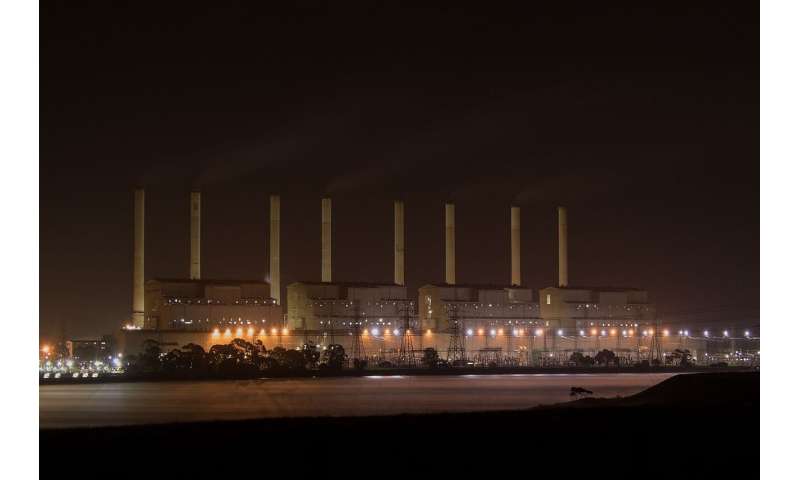Hazelwood coalmine fire exposed unborn children to respiratory damage

In utero exposure to the air pollution caused by the Hazelwood coalmine fire has been associated with increased reports of respiratory infections and wheeze in young children 2–4 years later, leading to a call for public health responses to forefront the protection of pregnant women and young children.
The Hazelwood fire occurred in February of 2014, exposing a large number of people in Victoria’s Latrobe Valley to high levels of air pollution for 6 weeks.
Research published online today by the Medical Journal of Australia analyzed data from 79 children who were exposed to the Hazelwood smoke while in utero, 81 who were 0-2 years old when exposed to the smoke, and 129 who were conceived after the fire (ie, unexposed).
The researchers were led by Associate Professor Fay Johnston from the Menzies Institute for Medical Research at the University of Tasmania.
Johnston and colleagues found that in the children exposed in utero each 10 µg/m3 increase in mean daily PM2.5 exposure was associated with increased reports of runny nose/cough, wheeze, seeking health professional advice, and doctor diagnoses of upper respiratory tract infections, cold or flu.
In the those exposed during early childhood each 100 µg/m3 increase in peak 24-hour PM2.5 exposure was associated with increased use of asthma inhalers, but not any the health outcomes that were measured.
“Our findings suggest an increased susceptibility to acute respiratory infections during childhood after exposure in utero to a severe air pollution episode,” they wrote.
Source: Read Full Article
